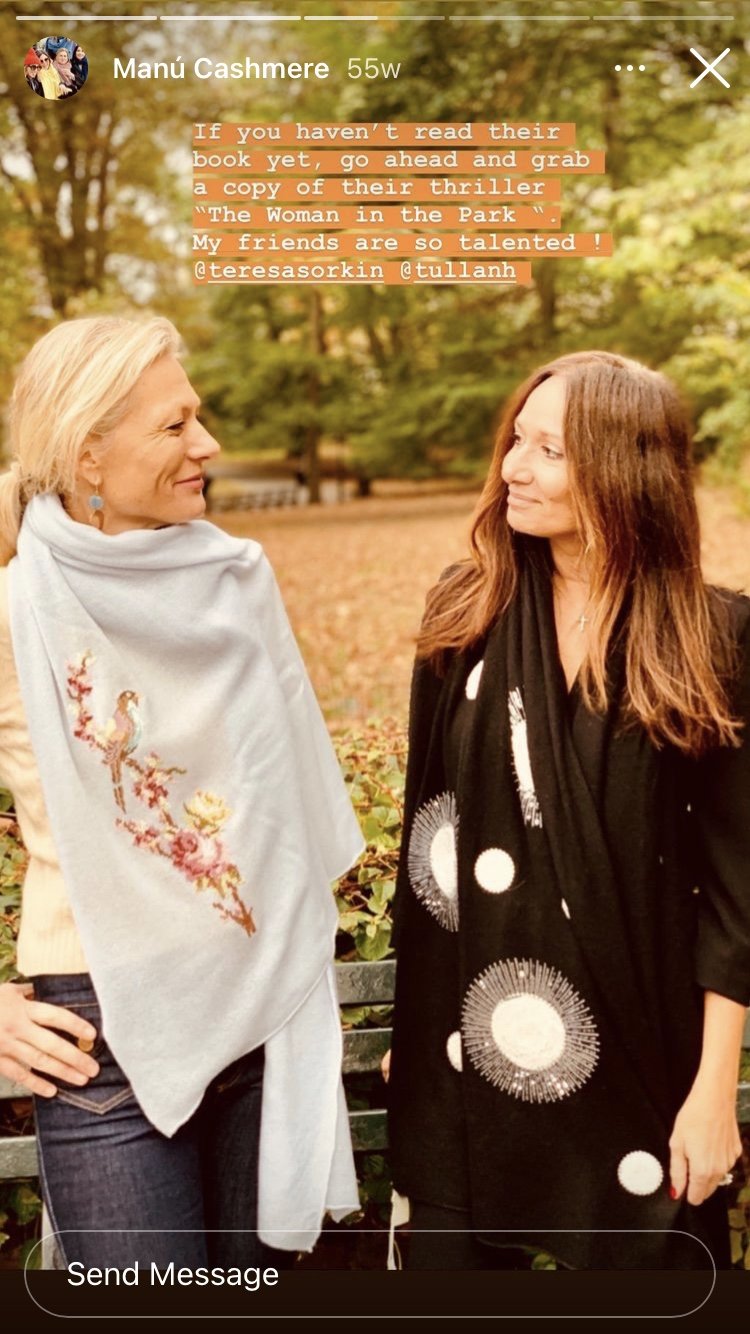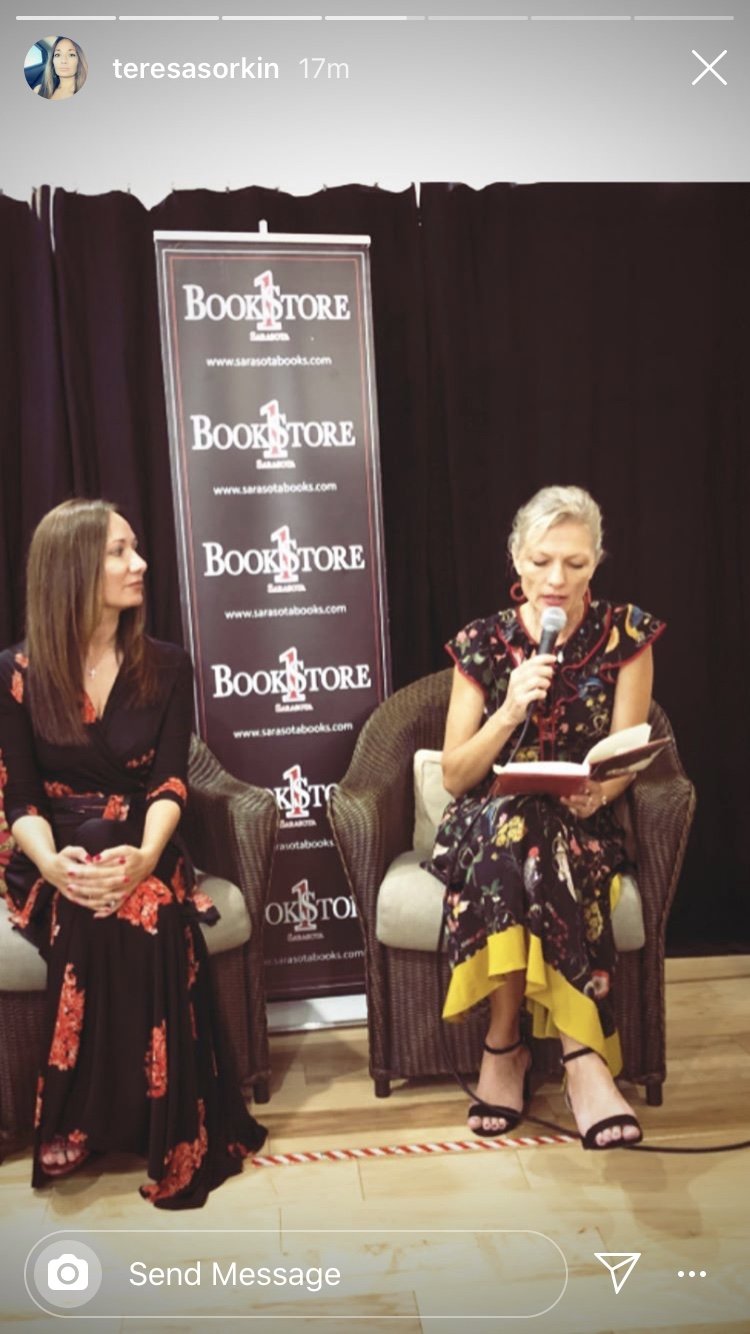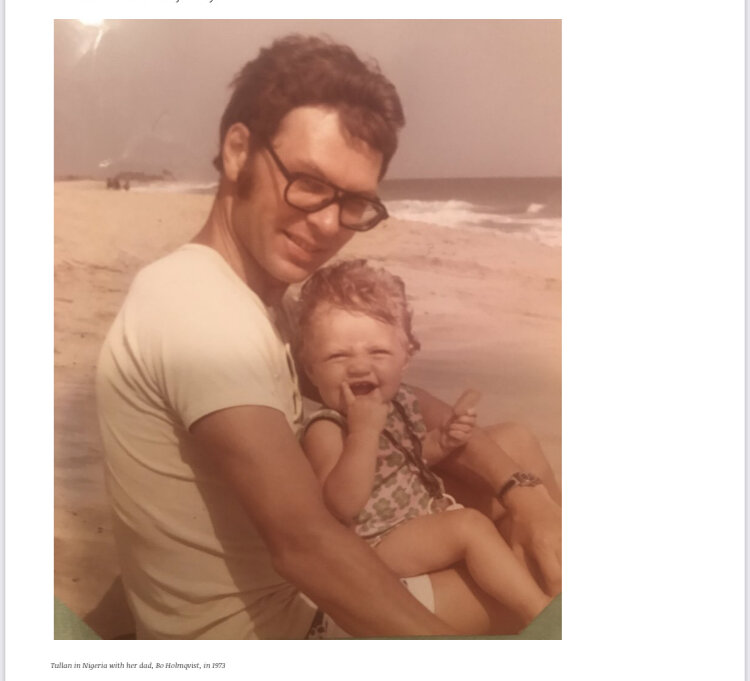“Yes, and…” On collaborating and writing thrillers “The Woman in the Park” & “Lacie’s Secrets” with producer Teresa Sorkin and published by Beaufort Books.
I love questions. And I am usually the one asking them. It’s just my nature. I am curious and have always wanted to figure things out, why people do what they do, what makes them tick, and how things are done. So when I am asked a question, I usually have to take time to really think about it. When people ask about the writing collaboration in creating our thrillers The Woman in the Park and Lacie’s Secrets with Teresa Sorkin, I have to laugh a little.
When I was a kid, I hated having to collaborate. At school, I dreaded the group projects where you had to “find someone to work with.” If I could, I would just do them myself. I’m independent, I like quick solutions, less discussion, and more doing. As a child, my family and I moved every few years, and so I found myself in a new country, not knowing the language, the local ways, or the rules. Born in Sweden to two adventurous parents, I went to nursery school in Nigeria, elementary school in Austria, middle school in Italy, and high school at a French school back in Sweden. As a first grader in a new country and confronted with a language I didn’t speak, I had to find other ways to understand what was going on, picking up on body language, and visual, energetic clues.
When I was ten years old, I got my first sweet taste of the theater when I was cast as the lead in a school play in Rome. I experienced the spell of the stage, the thrill of getting a laugh or a tear from the audience, and, most of all, the warm embrace of the community created in the theater. I discovered that collaborating can be exhilarating and can add up to so much more than each individual. Magic can blossom from a creative coming together with a common purpose. And that’s what I try to keep in mind – the goal of creating a story that can be shared.
Stories often emerge out of curiosity and a wish to understand others. Our psychological thriller The Woman in the Park was born from an interesting character, a woman in a park we both had seen independently, and had piqued our interest. She was elegant and always alone, seemingly talking to herself, lost in her own world. We took aspects of that character, planted the seed of our story, and let it grow. We added more characters, worked through the story and its arcs, and took turns writing and editing.
Together, we discussed scene organization and character development, and then let the writing take over, giving each other space to create.
Our second collaborative thriller, Lacie’s Secrets, grew out of a “What if?” scenario, fantasizing an actual situation – a holiday week at an isolated villa with a group of friends where something goes horribly wrong – and letting our imaginations wander. In the actual creation, the excitement came from seeing where the story and the characters lead us. Lacie’s Secrets has been described as a “riveting thriller” reminiscent of classic suspense novels (by Publishers Weekly), and Big Little Lies meets The Haunting of Hill House at a seaside estate in Maine.
Collaborating takes openness in communication, active listening, and constant compromise. While muddling through the messy forest of details, collaboration requires keeping the goal of the story in mind, finding creative solutions, and abiding by the golden rule of improvisation – “Yes, and…”
Lacie’s Secrets and The Woman in the Park are published by Beaufort Books. www.tullanh.com













